Completing 12th grade is an exciting milestone, and the choices you make now can shape your future. With numerous career paths available, graphic design stands out as a vibrant and rewarding option. If you’re considering what to do next, here’s a guide to help you explore your options, with a focus on the benefits of pursuing a career in graphic design.
1. Assess Your Interests and Strengths
Before making any decisions, take a moment to reflect on your interests and skills:
- Do you enjoy art and creativity?
- Are you drawn to technology and digital media?
- Do you have a knack for visual storytelling?
If you answered yes to any of these questions, graphic design might be the perfect path for you.
2. What is Graphic Design?
Graphic design involves creating visual content to communicate messages effectively. Designers work across various media, including print, digital, and advertising. This field combines artistry with problem-solving, making it both challenging and rewarding.
3. Benefits of Pursuing a Career in Graphic Design
Here are some compelling reasons to consider graphic design as your next career step:
a. Creative Expression
Graphic design is a fantastic outlet for creativity. You’ll have the opportunity to bring your ideas to life, working on projects that range from branding to web design. This creative freedom can be incredibly fulfilling.
b. Growing Demand
The demand for skilled graphic designers is on the rise, driven by the expansion of digital media and marketing. Businesses across all industries need visual content, meaning there are ample job opportunities.
c. Diverse Career Options
Graphic design opens the door to various career paths. You can specialize in areas like:
- Branding and Identity: Creating logos and brand materials.
- Web Design: Designing websites and user interfaces.
- Advertising: Crafting compelling visuals for campaigns.
- Illustration: Bringing concepts to life through illustration.
d. Flexibility and Freelancing Opportunities
Graphic designers often have the option to work freelance, offering flexibility in terms of projects and work hours. This can be especially appealing if you prefer a non-traditional work environment.
e. Continuous Learning and Growth
The graphic design field is constantly evolving with new trends and technologies. This means you’ll have endless opportunities to learn and grow, keeping your work fresh and exciting.
4. How to Get Started in Graphic Design
If you’re convinced that graphic design is the right path for you, here’s how to begin:
a. Formal Education
While self-taught designers do exist, obtaining a degree or diploma in graphic design can provide you with essential skills and knowledge. Look for programs that cover:
- Design principles
- Typography
- Color theory
- Digital software (e.g., Adobe Creative Suite)
b. Build a Strong Portfolio
Your portfolio is your calling card in the design world. Start compiling your best work, even if it’s from personal projects, internships, or freelance gigs. Make sure to showcase a variety of styles and projects.
c. Gain Experience
Consider internships or part-time positions while studying. Real-world experience is invaluable, allowing you to apply what you’ve learned and build connections in the industry.
d. Explore Online Resources
There are countless online platforms offering courses and tutorials in graphic design. Websites like Skillshare, Coursera, and Udemy can help you hone your skills and learn new techniques.
e. Network and Join Communities
Connecting with other designers can open doors to opportunities and mentorship. Join online forums, social media groups, or local design meetups to expand your network.
5. Consider Alternatives
If graphic design doesn’t seem to fit your vision, explore other creative fields such as:
- Photography
- Animation
- Fashion Design
- Interior Design
Each of these paths offers a unique blend of creativity and career potential.


